Impact of high opaqueness at lower collisionality on fueling efficiency and neutral penetration
2025 Research Campaign, Thrust: High Opacity and Density Operation
Purpose of Experiment
The purpose of this experiment is to study the impact of opaqueness on fueling efficiency using both gas puff and pellet injection at low collisionality and provide data to develop and validate models to predict the plasma edge density profile for Fusion Power Plants concepts (FPP). This experiment will scan opaqueness, at low collisionality leveraging the new Shape and Volume Rise (SVR). High opaqueness plasmas are predicted to have reduced neutral penetration and enhance main chamber fueling, reducing poloidal neutral asymmetries. The data obtained will be used to validate 1D and 2D edge models such as SOLPS-ITER and KN1D and along with prior experiments at lower opaqueness and/or higher collisionality, this data will be used to develop simplistic models that can be used both for the design of an FPP as well as the development of control algorithms.
